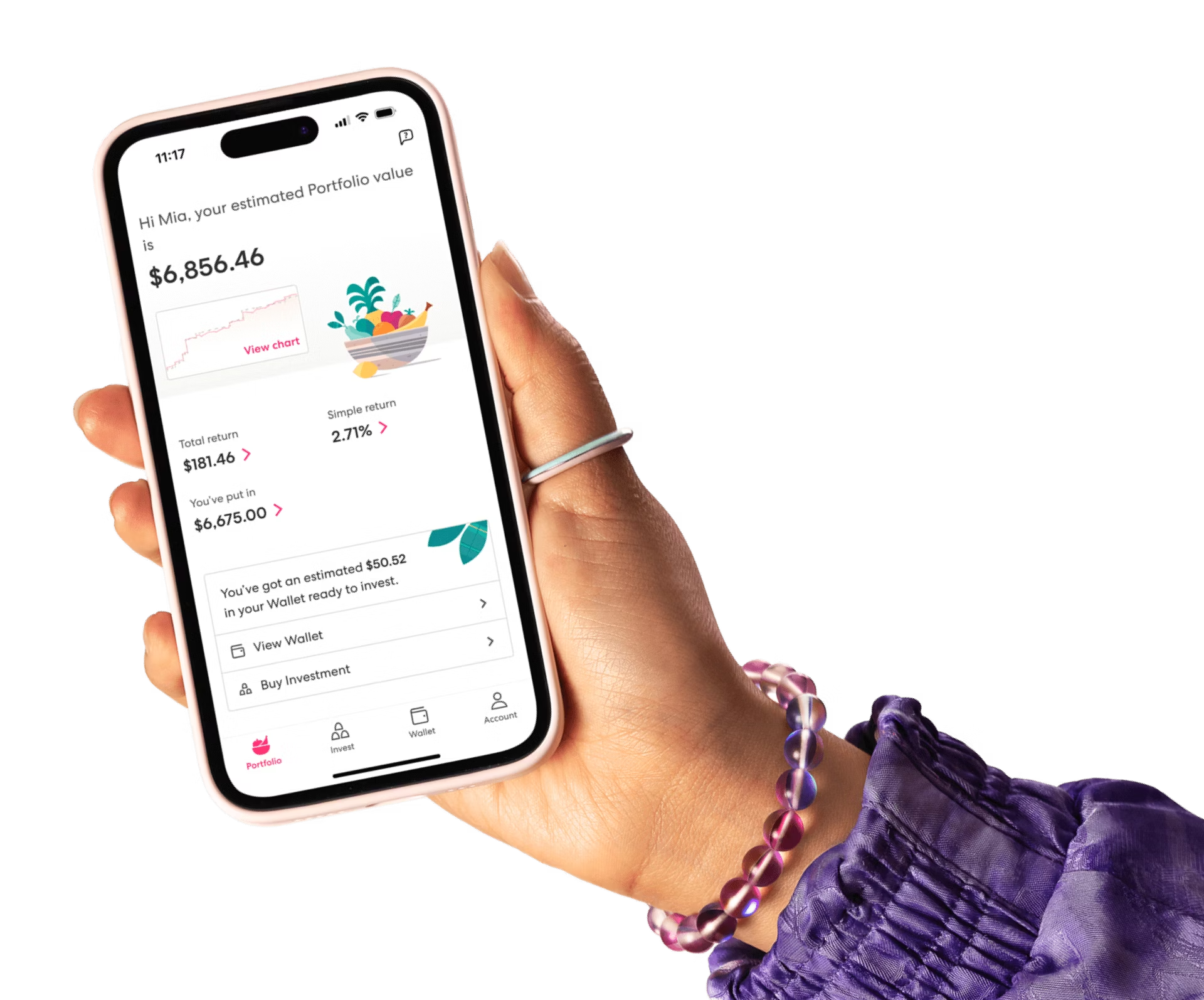What’s an IPO? How an initial public offering works
Initial public offering (IPO) is a term that comes up a lot in investing. In a nutshell, it’s a process that a company goes through to become ‘listed’ on an exchange so investors—like you!—can buy and sell its shares.

Let’s look at why a company might offer an IPO, how they do it, and what to do before you take part!
Why companies IPO
There are different reasons why a company might choose to offer an IPO. They may be excited about opportunities for future growth, and want to invest this money back into the company. On the other hand, an IPO provides a chance for existing shareholders (which might include employees, directors, and founders) to sell some—or all—of their shares in the company before it lists. If the company is raising money for this reason, it may suggest that they’ve reached a more mature phase, with opportunities for growth slowing down.
How a company lists
Before a company lists on an exchange, like the New Zealand Stock Exchange (NZX), we’d call it a private company. Or if it’s owned by the government, a government entity. Once the company has been through the rigorous listing process, it’s considered public.
First, the legal prep work
An investment bank often helps a company go through the legal steps required to list. They’re responsible for preparing the legal documents, finding investors to buy the initial shares, and lots of other things!
All of this prep work—and the rules and legal requirements—aim to protect shareholders and investors.
Meeting the listing rules
An exchange sets the rules a private company needs to follow so it can list.
Most exchanges have similar rules, but there can be differences around things like a company’s minimum value and how trading happens.
In New Zealand, the NZX provides rules and guidelines for companies that want to publicly list.
Deciding on a share price
A company needs to do lots of research and analysis to figure out how much to sell their shares for.
If they sell their shares for too little, they might not raise as much money as they could have. But if they set the price too high, there might not be enough people who want to buy their shares!
Once they’ve decided on a price—and done all the necessary prep work, they can set a date for the IPO.
When shares start trading
Once a company lists, its shares can be bought or sold just like any other investment.
When trading starts, you might benefit from a rise in the share price—but this doesn’t always happen! Prices might go down depending on what the demand for the shares is like.
If the company performs badly (or the market’s trending down), your investment could lose value. If it fails or goes out of business, you could lose your entire investment.
If you want more control over how much you buy or sell your shares for, you can place a limit order.
Demand for shares could be high—or low
An IPO can be ‘oversubscribed’. This means people want to buy more shares than a company is offering. If this happens, the offer might be ‘scaled’, which means investors may end up getting fewer shares than the amount they’d like to buy.
IPOs can be ‘undersubscribed’ too, which means the company has offered more shares than people want to buy. If an IPO is undersubscribed, it’s worth looking at why the demand is low.
The share price could drop
IPOs can be exciting, but it can be risky for a company—and new shareholders too.
Facebook (FB) went public in May 2012 at a price of US$38 per share. By September 2012, it had dropped below US$18 per share. Ouch. It took over a year to reach the IPO price again.
Investors need to be kept in the loop
A listed company needs to stick to the listing rules and legal requirements. It must also continually provide investors with enough information to make informed choices.
Listed companies need to be regularly audited by a professional auditor, have a board, and release reports about how the business is performing.
All of this stuff is expensive, so listed companies tend to be larger, or have plans to grow in the future.
Taking part in an IPO
An IPO gives you the opportunity to invest in a company’s shares while they’re on the ‘primary market’. The primary market is where shares are issued for the first time. The shares go into the ‘secondary market’ when they’re listed and traded on a stock exchange.
It’s all right to feel a little out of your depth. But there are a few things you can do to help manage your feelings of uncertainty.
Do your due diligence
Due diligence is just another way of saying ‘doing your homework’.
A company will release a document called a product disclosure statement (PDS) before they list—make sure you read it! It tells you key info about the company, like their financial position and performance. You can also find out why the company is making the offer, how they expect your investment to make a return, as well as any risks to the business that might affect your investment.
A PDS can be a chunky document to get through, so think about what you want to learn before you dive in.
Look at the company’s financial track record and forecasts. Have they been consistently gaining customers, revenue, and profit over the last few years, and do you think that the predicted growth is realistic?
Compare this to what the company thinks they’re worth. In the PDS you should be able to find their implied ‘market capitalisation’ value. This valuation should represent what the company’s worth—but unfortunately, sometimes it doesn't. Are there similar companies that have wildly different valuations? You’ll need to look outside of the PDS for this information.
Understand what the company will use their raised capital for. Common things a company will allocate money for include, paying off debt, raising money to fund growth opportunities, and allowing existing shareholders to sell their shares. Do you think that the way they’re allocating money supports what they have planned for the future?
Think about what’s happening in the industry. Is it a crowded market with lots of competitors? If so, what is this company doing differently?
Compare that to the company's strategy. Do you think they’ll be able to adapt and thrive over the next 10 years? How about 50?
Look at who’s leading the company. What type of experience and skills do these people have?
Then, check what those leaders are doing with their shares. If the company is projected to grow, you’d think it’s in their interests to hold on to their shares, right? The PDS will usually include an escrow arrangement. This outlines how long existing shareholders are required to hold their shares before they can sell them. If several shareholders plan to sell a large portion of their shares as part of the IPO, look into why they might be doing so.
Consider risk
While IPOs give you the opportunity to invest in a company before it lists, as with any investment, there are also associated risks. You should consider your risk appetite, and look at how these shares might fit within your wider investment strategy and portfolio.
Ok, now for the legal bit
Investing involves risk. You aren’t guaranteed to make money, and you might lose the money you start with. We don’t provide personalised advice or recommendations. Any information we provide is general only and current at the time written. You should consider seeking independent legal, financial, taxation or other advice when considering whether an investment is appropriate for your objectives, financial situation or needs.
Join over 800,000 investors



